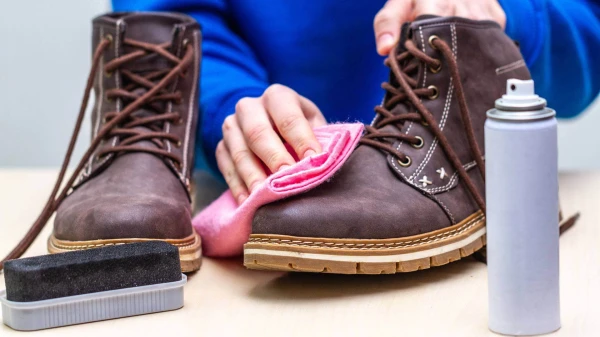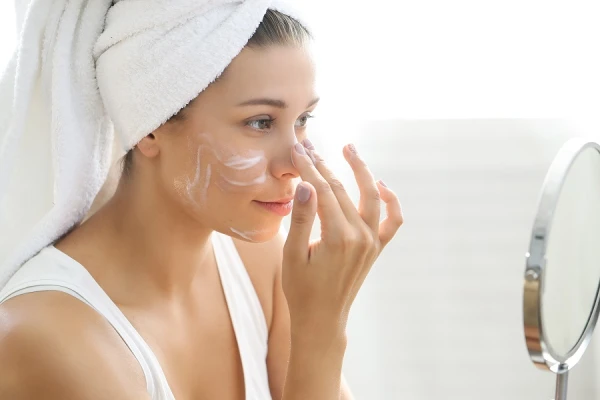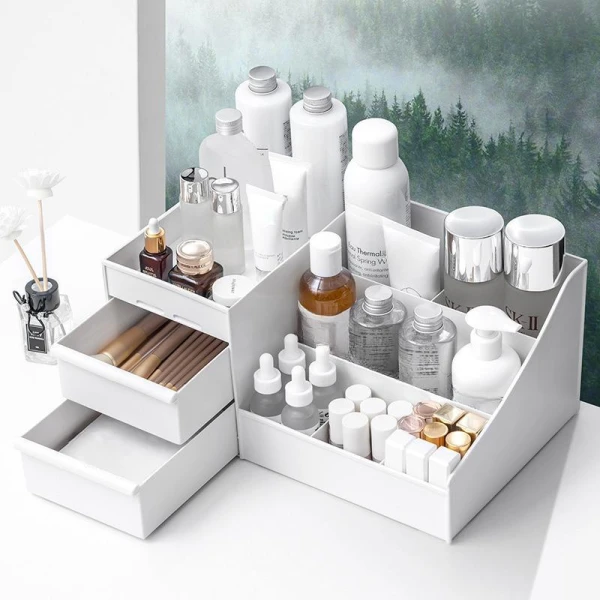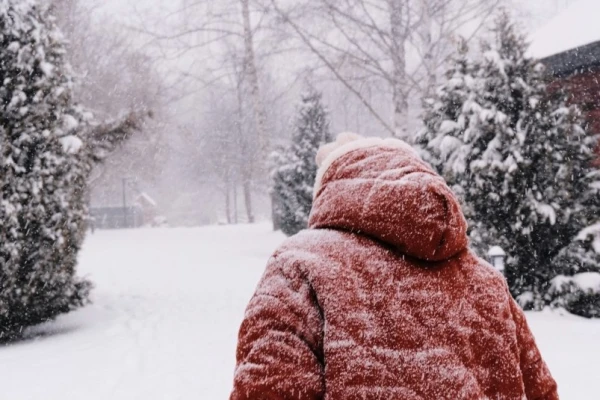
In autumn and winter, the roads of our beautiful cities are a mixture of water, salt, and dirt from gasoline and who knows what else, which quickly corrodes leather, dries out seams, and deforms the last. But just a couple of hours of reasonable preparation at the beginning of the season and proper daily care in slush and inclement weather extend the life of shoes for seasons to come. We have gathered the main rules for handling boots and shoes that really work in a city with reagents and puddles.
Deep Cleaning and Proper Drying
Before any care actions, shoes need to be cleaned and dried. Remove the laces, wipe the surface with a damp soft cloth, use a natural bristle brush to clean the seams and welt, and take out the insoles to air them separately. Try to remove salt stains immediately: wipe with a mixture of water and vinegar 1:1 (or a special "anti-salt" lotion), then with clean water and dry thoroughly. Important: this can only be done at room temperature, away from radiators and heaters, with shoe trees or tightly packed paper inside — this way the leather won’t shrink or crack.
Hydrophobic Treatment — An Invisible "Raincoat" for Leather
When the pair is clean and dry, apply a water- and dirt-repellent treatment. For smooth leather, fluoropolymer sprays are suitable: they are thin, do not clog pores, and protect against reagents. Silicone sprays provide quick results but often leave a film and can interfere with subsequent care.
For nubuck and suede — only special sprays, as universal creams "flatten" the nap and deprive the texture of its characteristic beauty. Apply the product in two thin layers with an intermediate drying of 20–30 minutes, not forgetting the tongue, seams, and welt. Repeat every 5–7 outings or immediately after severe weather.
Nourishing and Polishing — Restoring Elasticity
Leather shoes survive winter well when they contain enough oils and waxes. After treatment, use a cream with nourishing components (lanolin, oils, carnauba wax): it restores elasticity and seals microcracks. Colored cream will refresh the shade and mask scratches, while neutral is universal for any shoes. Apply a thin layer in circular motions, let it absorb for 10–15 minutes, then polish with a brush to a light shine.
For particularly inclement days, you can apply a very thin layer of wax paste over the cream — it enhances water repellency, but remember: too much wax means less breathability, so feet may sweat. For nubuck and suede, the scheme is different: nourishment is through aerosol "conditioners" for the nap, then restoring the nap with a brush.
Welt, Sole, and Hardware — Weak Points
It is the seams and the junction of the sole with the leather that first allow water in. Go over the welt with a special colorless wax to seal the seams. Check the tread: if the sole is "bald," it slips on wet asphalt or sanded ice and wears out even faster — it makes sense to have a thin preventive layer glued by a cobbler.
Replace the heel tips before they wear down to the metal. Periodically lubricate hardware (hooks, eyelets, zippers) with a drop of silicone oil or wax: salt "eats" metal just as well as it does leather. Always keep two pairs of laces: the cleaner they are, the less dirt on the tongue and in the holes.
Wearing Mode and Storage
Every pair needs a breather: avoid wearing the same shoes two days in a row if possible, as leather requires at least 24 hours to dry completely from the inside. After returning home, be sure to remove dirt and salt (at least with a damp cloth) and place the pair on shoe trees — they maintain shape and draw out moisture. Inside, you can place cedar pads or sachets with cedar shavings or silica gel: they absorb excess moisture and odors.















Leave a comment